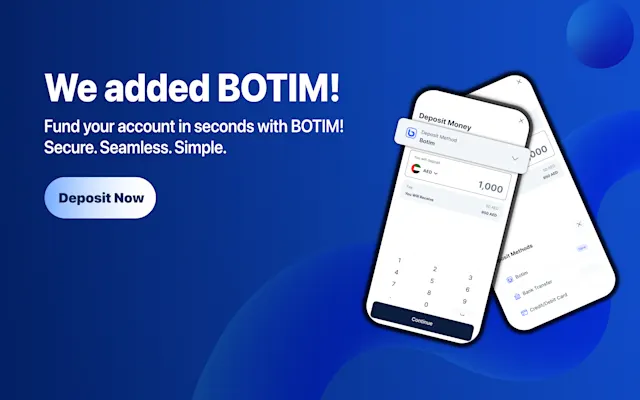
The Bondholder's Burning Platform
In management consulting, an important framework for catalyzing change in an organization is the burning platform.

To read the full report click the download link.
In management consulting, an important framework for catalyzing change in an organization is the burning platform.
At all times, there’s a great deal of inertia keeping anyone from enacting change. If you’ve been standing safely on a platform for many years, you’re not likely to want to jump off of it — but it’s a lot easier to make the leap into the unknown if suddenly the platform is on fire.
The first step in change is recognizing that you’re on a burning platform.
The status quo
When it comes to generally accepted portfolio construction, the larger the allocation to bonds, the “safer” the portfolio. When you login to Vanguard, Fidelity, or wherever your 401k lives, you’ll see portfolio composition options to choose from with descriptors like “Aggressive,” “Standard,” and “Conservative.” Standard means a portfolio comprised 60% of stocks and 40% of bonds. Aggressive means a greater % of stocks; Conservative means a greater % of bonds. The message is clear: the more bonds you have, the less risky your portfolio.
And it’s no wonder that bonds are framed in this favorable light. The quintessential bonds are US Treasury Bills (aka Treasuries, USTs, T-Bills), which is just a fancy way of saying “US National Debt coupons.” These T-Bills are widely known and universally accepted as the “risk-free asset.”
To read the full report click the download link.



